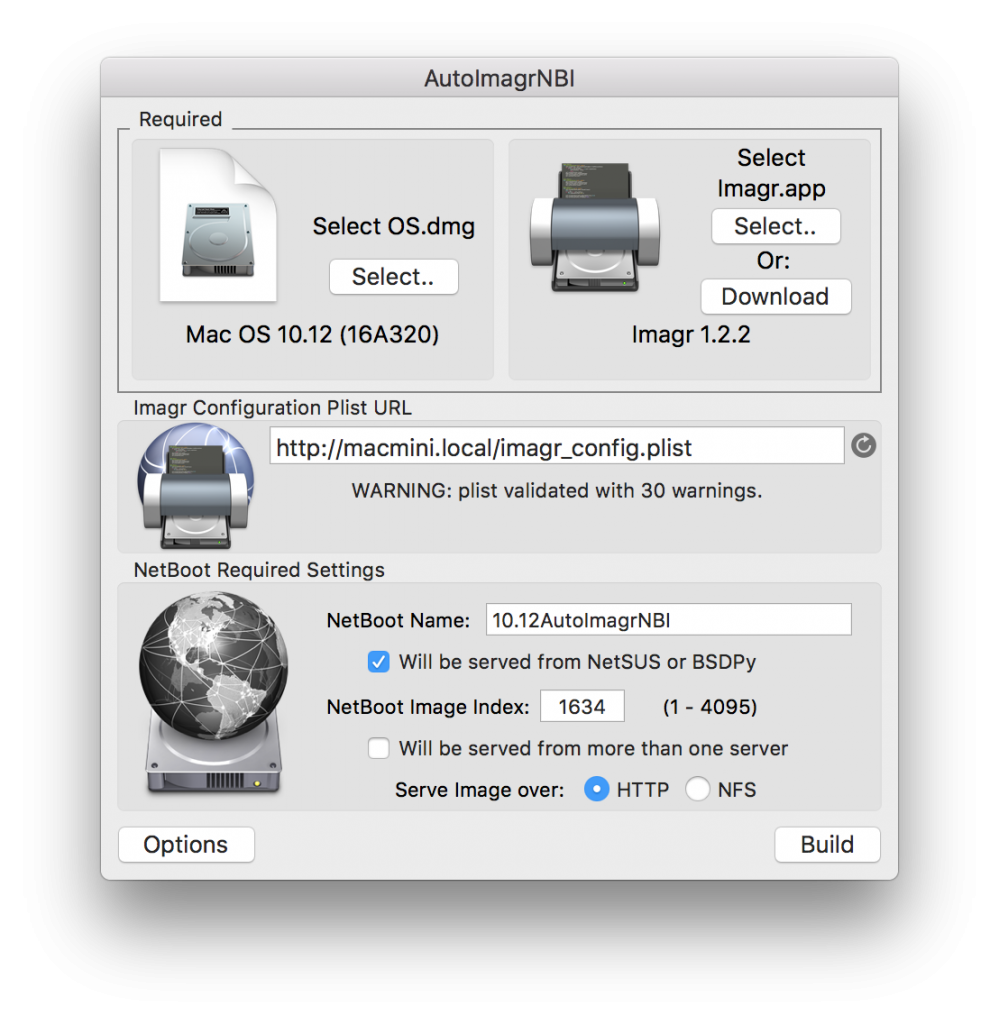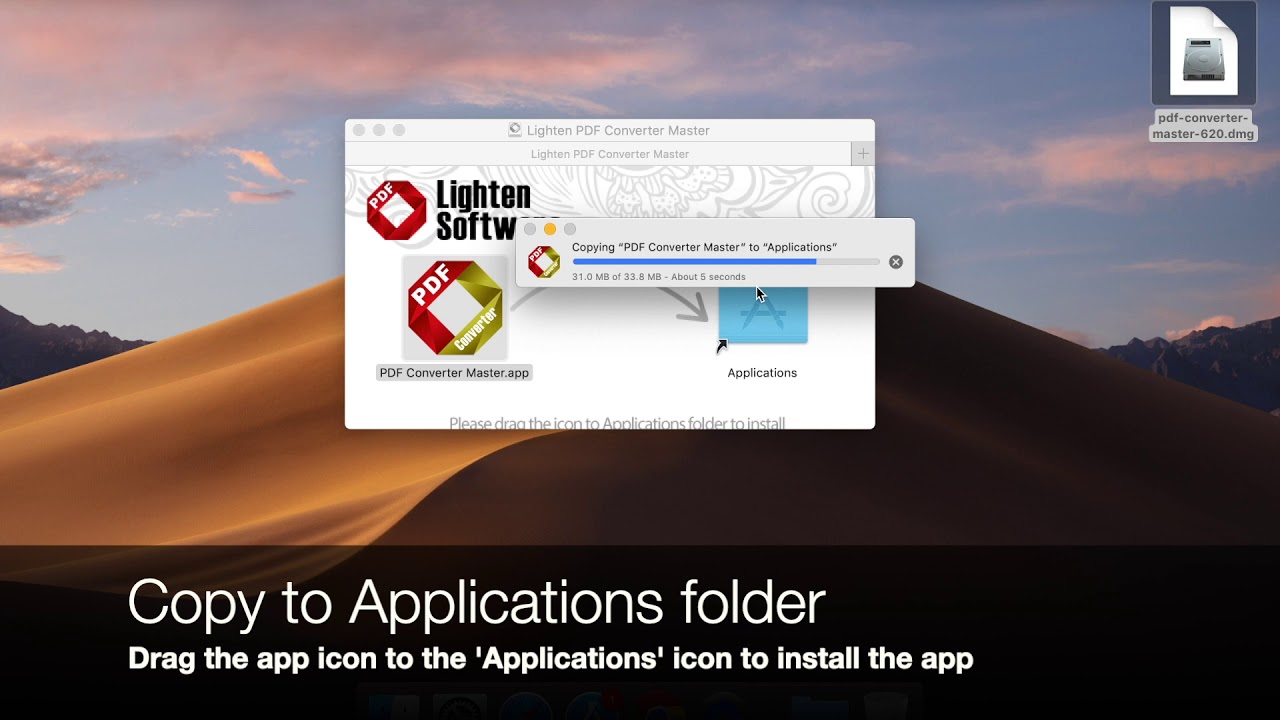Download from sierra dmg downloader for Macintosh from sierra iso downloader for w. Mac OS A Un Capitan 10.11.6 can be a powerful launch of Mac OS X from Apple company Inc. This free download of Un Capitan is usually a standalone Drive Image InstallESD DMG installer for Macs based desktop computers and web servers.
These install instructions are verified to allow the October 04, 2011 binary for Octave 3.4.0 (hosted on sourceforge) to run on MacOS 10.7. They do not work for MacOS 10.8.
Install MacOSX.dmg contains the files to install Mac OS X El Capitan. Do you want to install El Capitan. If you want to download High Sierra then your link connects you to the App Store High Sierra page. It should say Get or Download, this will download the Install macOS High Sierra.app to your Downloads folder. Burn DMG to USB on MAC. This method may vary depending on which Mac OS version you are currently running, but the overall concept is same for all. The in-built disk utility on Mac is ideal for burning DMG to USB. Once the DMG is burnt, the USB drive, now bootable can be used as an installer on any other mac System.
There is an experimental dmg for Octave 4.0.0. See the bottom of this mailing list discussion. Testers are very welcome.
The latest MacOS X binary (DMG) available is for Octave-3.4.0. Click on this link to download.
Index Of Mac Os Dmg Games
Once it has been downloaded, double-click on the dmg to mount the disk image. It is recommended that Gnuplot is installed prior to Octave.
NOTE: The following instructions are for the Gnuplot in the 'Extras' folder, which DOES NOT WORK, due to some library version issues. Instead you could install a Gnuplot binary from http://www.miscdebris.net/upload/gnuplot-4.2.5-i386.dmg. Or you could try using MacPorts to install Gnuplot.
Look in the 'Extras' folder and find the gnuplot-4.4.3-aqua-i386.dmg disc image. Double-click this dmg to mount the gnuplot disk image.
On this disk is the OS X binary for Gnuplot. The Gnuplot package includes and relies on Aquaterm for displaying plots using Apple's Quartz graphics layer. Alternatively, X11 can be used. If your entire data set is easily visible and you do not need to zoom in, you may prefer the pleasant anti-aliasing features of Quartz and Aquaterm. On the other hand, if your data set is too large or complicated to be easily visible, you may prefer to use X11, which allows you to zoom in and out of regions, set crosshairs at points, and other more advanced features. Aquaterm is the default, but you can change the default to X11 by creating a file called .bash_profile in your home directory (note the period at the beginning of the file name) and adding the line 'export GNUTERM=x11' (without the quotes).
Move the 'gnuplot' icon to your Applications folder. For purpose of this discussion - this is assumed to be /Applications. If you are using a local Applications folder (~/Applications) appropriate modification of the paths specified below will be necessary.
This Gnuplot application includes Aquaterm. It is located at /Applications/gnuplot.app/Contents/Resources/lib/Aquaterm.app If you need it for some other application, this is the path that will find it. But don't move it to the upper level of the Applications folder, or else Gnuplot will not know where to find it.
Move the 'Octave' icon from the first .dmg to the Applications folder (/Applications).


Now you have everything you need to run Octave, Gnuplot, and Aquaterm. You can put the Octave and Gnuplot icons in the dock and either will open in a terminal window with a simple 'click'. To test Octave, click its icon, and the Octave prompt should appear in a new terminal window along with some splash screen information. Then type 'sombrero(24)' at the Octave prompt and after a while aquaterm will open and the multicolor sombrero plot should appear.
These instructions assume you have already placed Octave and Gnuplot into the Applications folder.
Starting Octave from the command line requires one further step to inform bash (your shell) where the Octave binary is located. This is accomplished through the bash initialization file ~/.bashrc (the leading '.' means it's normally invisible in the finder). To run Octave and Gnuplot from a terminal, symbolic links will be used. The symbolic links will be placed in /usr/local/bin. It is a good idea to verify that neither /usr/local/bin/gnuplot or /usr/local/bin/octave already exist there, as they will be replaced.
- Open a new terminal window, and enter the commands below.
sudo ln -sf /Applications/gnuplot.app/Contents/Resources/bin/gnuplot /usr/local/bin/gnuplotsudo ln -sf /Applications/Octave.app/Contents/Resources/bin/octave /usr/local/bin/octave
- Test that everything is ok.
- In a Terminal window type the command below.
octave
- Octave should now be running. To test Gnuplot / Aquaterm, try a plot.
sombrero ()
- In a Terminal window type the command below.
If Octave did not run (or if octave is running but the sombrero() command doesn't appear to do anything), check to ensure that your PATH includes /usr/local/bin.
Index Of Mac Os Sierra Dmg
- From the Terminal prompt, type,
env
- If the PATH does not include /usr/local/bin, type the commands below.
- Open ~/.bashrc in an editor
touch ~/.bashrcopen ~/.bashrc
- Add the line below to the contents of ~/.bashrc
export PATH=$PATH:/usr/local/bin
- Save ~/.bashrc and exit
- Open ~/.bashrc in an editor
- If the PATH does include /usr/local/bin, help may be requested by posting to Octave's email list. Please provide a detailed description of what you've tried and what the results were.
